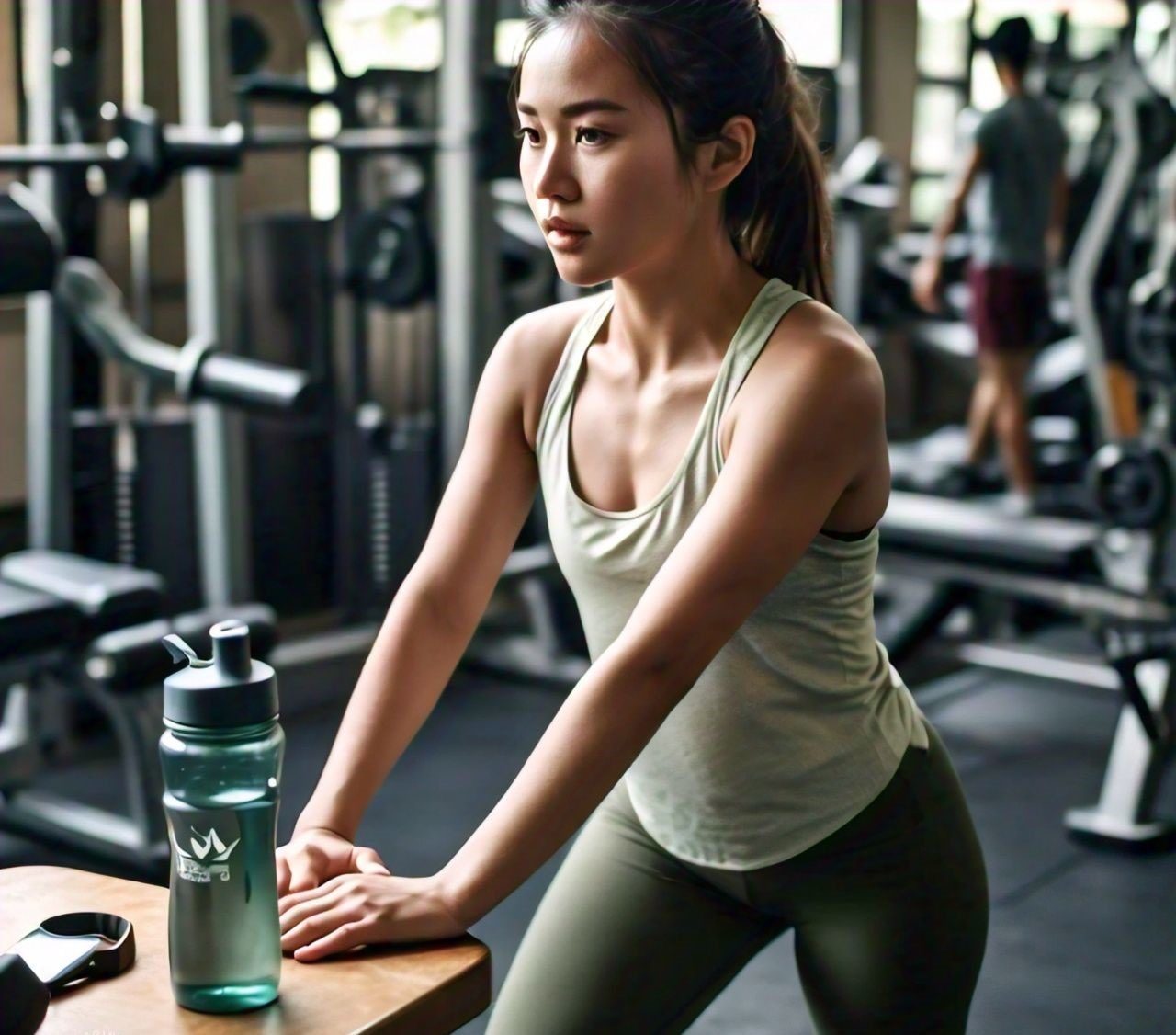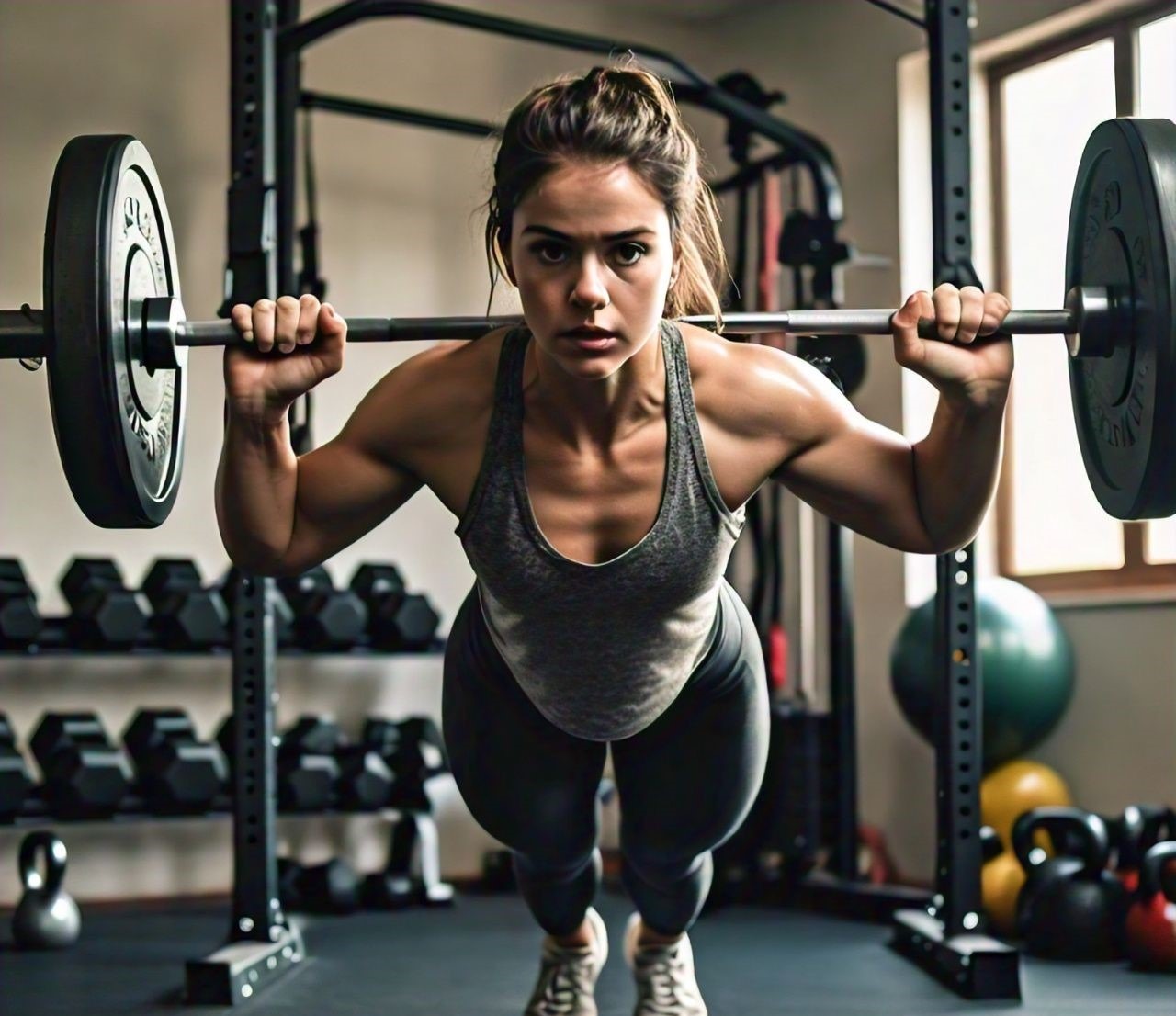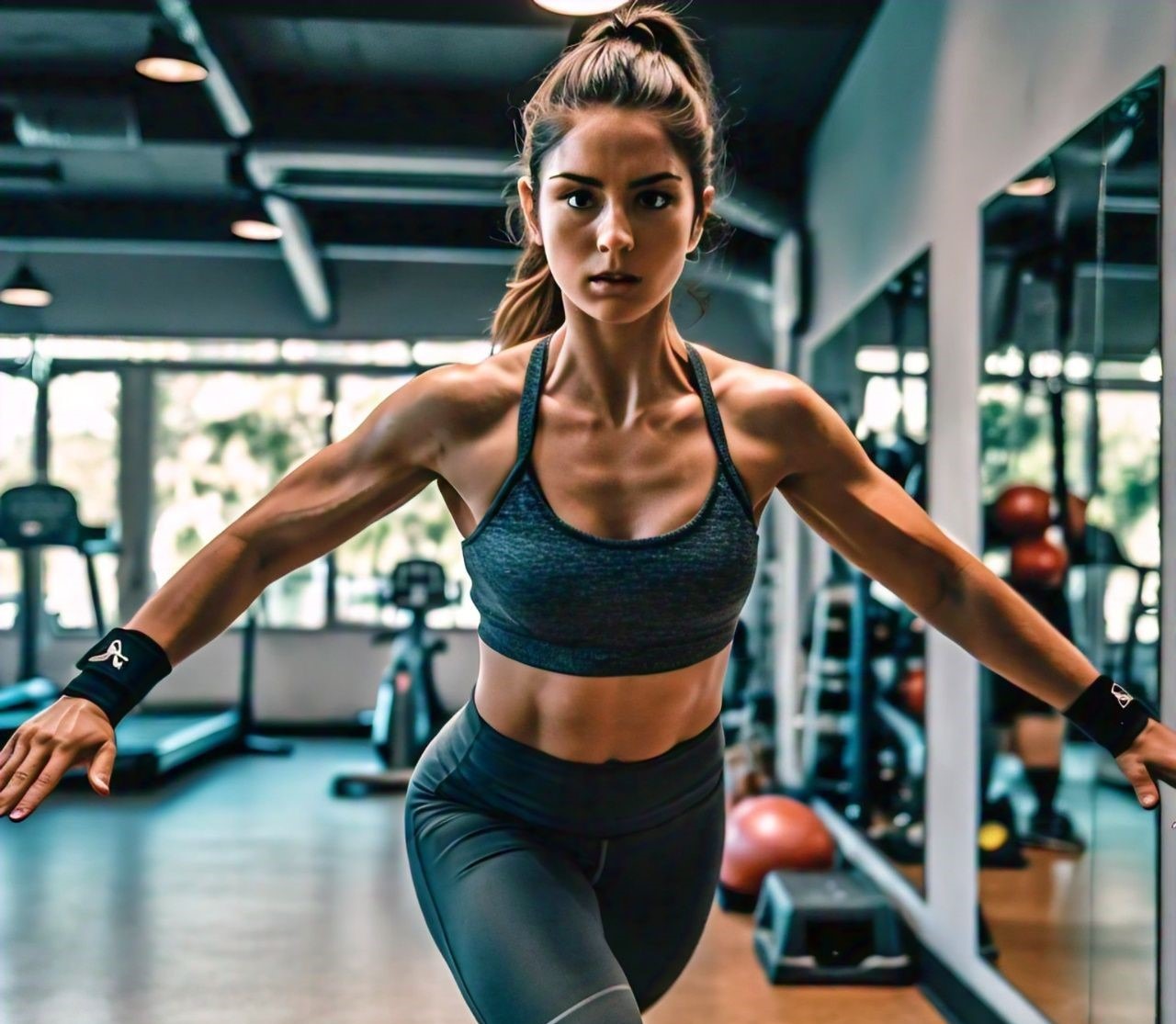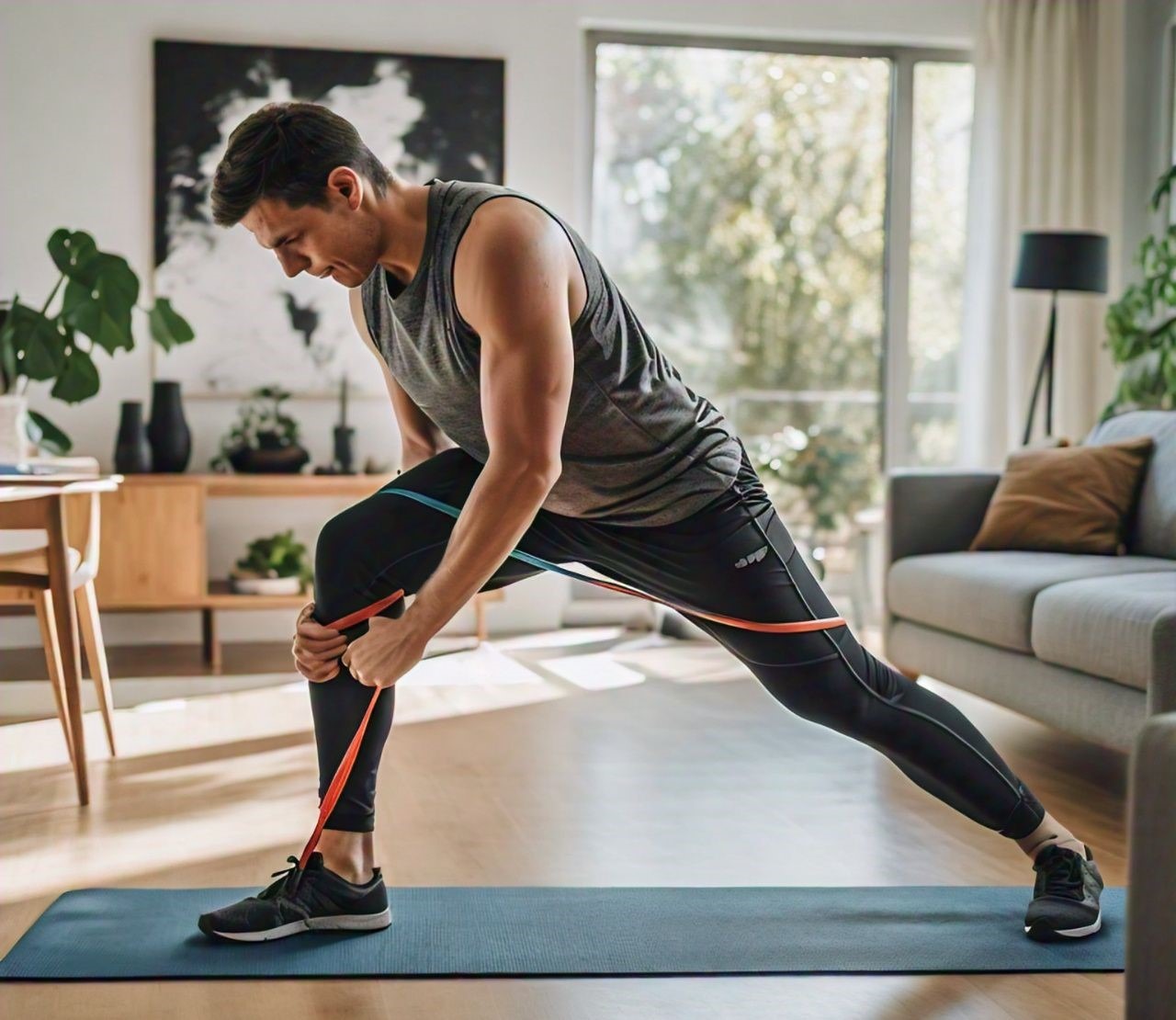Introduction
Starting to work out can feel a bit overwhelming, especially if you’re new to the whole fitness thing. Whether you’re stepping into the gym for the first time or just trying to stay active at home, what you do during exercise makes a big difference. In this guide, we’ll talk about 7 things you should do during exercise as a beginner, so you can stay safe, motivated, and on track to meet your fitness goals.
Why Getting Started Can Be Tough
Many beginners struggle with things like feeling out of place at the gym, not knowing what to do, or worrying about getting hurt. These challenges can make people want to quit before they even get started. But if you take it slow and build good habits, exercising will start to feel more natural, and your confidence will grow. Knowing the right things to do during exercise will make the whole experience a lot smoother.
1. Warm Up Properly
Before jumping into your workout, warming up is one of the most important things you can do. A proper warm-up gets your heart rate up and loosens your muscles, getting you ready for action and helping prevent injury.
How to Warm Up
A good warm-up doesn’t need to take long—just 5-10 minutes of dynamic movements like:
- Arm Circles: Loosens up your shoulders.
- Leg Swings: Wakes up your hips.
- Marching in Place: Gets your blood flowing.
- Jumping Jacks: Warms up your whole body.
Make sure your warm-up gets your heart pumping and targets the muscles you’ll be using during your workout.
Common Warm-Up Mistakes
A lot of people rush through or even skip their warm-up, which is a big mistake. Here’s what to avoid:
- Skipping it altogether.
- Doing static stretches before your muscles are warm.
- Rushing through without focus.
Remember, warming up well can help improve your performance and cut down injury risk by up to 30%.
2. Set Realistic Goals
Setting goals is one of the top things you need to do to stay motivated as a beginner. Without clear goals, it’s easy to lose focus and fall off track. Goals give you something to aim for and help you measure how far you’ve come.
SMART Goals
A good way to set goals is by using the SMART method:
- Specific: “I want to run 1 mile without stopping” instead of “I want to get fit.”
- Measurable: Track your progress, like aiming to lift 5 more pounds every two weeks.
- Achievable: Start with goals you can actually reach. Don’t plan on running a marathon in a month!
- Relevant: Your goals should match your overall fitness aims.
- Time-bound: Give yourself a deadline, like reaching a goal in 6 weeks.
Examples of Good Beginner Goals
Some great goals to aim for as a new exerciser might include:
- Walking for 30 minutes, 5 days a week.
- Being able to do 10 push-ups in a row within a month.
- Trying a new fitness class twice a week.
Setting realistic goals can keep you going and help make your fitness routine a lasting habit.
3. Focus on Form
One of the best things to do when you’re new is to focus on proper form. When you don’t use the right form, you risk hurting yourself or straining your muscles. Even if you’re not lifting heavy weights yet, learning the right technique will help you avoid injury and get stronger faster.
Tips for Good Form
- Use mirrors to check your posture and movements.
- Start with bodyweight exercises like squats, lunges, or push-ups before adding weights.
- If you’re unsure, ask a trainer or watch tutorials to get it right.
Common Form Mistakes
Here are some form mistakes beginners often make:
- Squats: Knees collapsing inward or arching your back.
- Push-ups: Sagging your hips instead of keeping your body straight.
Research shows beginners who focus on their form have a 40% lower injury rate, so it’s always worth paying attention!
4. Stay Hydrated
Hydration is one of those things that often gets overlooked, but it’s super important during exercise. Keeping hydrated helps your muscles work properly, prevents cramps, and keeps your body temperature in check. If you don’t drink enough, you might feel dizzy or tired, and in extreme cases, dehydration can lead to serious issues like heatstroke.
How Much Water to Drink
The amount of water you need depends on how hard you’re working out and the weather. A good general rule is to aim for 8-12 cups of water a day, and make sure you drink even more if you’re sweating a lot. Here’s a handy guide:
| Exercise Duration | Water Intake |
|---|---|
| Before Exercise | 1-2 cups about 30 minutes before |
| During Exercise | Half a cup to 1 cup every 20 minutes |
| After Exercise | 2-3 cups within 30 minutes of finishing |
5. Listen to Your Body
It’s easy to get excited and want to push yourself, but overtraining can lead to exhaustion, injury, and even burnout. One of the smartest things to do during exercise is to listen to your body and rest when needed.
How to Spot Overtraining
Look out for signs like:
- Muscle soreness that lasts more than a couple of days.
- Feeling unmotivated or moody.
- Trouble sleeping.
Discomfort is part of working out, but sharp pain usually means something’s wrong. Don’t be afraid to take a rest day!
6. Track Your Progress
If you want to stay motivated and see how far you’ve come, tracking your progress is key. This will give you a clear picture of your improvements and help you adjust your routine as needed.
Easy Ways to Track Progress
- Use fitness apps like MyFitnessPal to log your workouts.
- Take progress photos to visually track changes.
- Write down how much weight you’re lifting and see how it increases over time.
7. Cool Down and Stretch
Just like warming up, cooling down after a workout helps your body transition back to its normal state. It can help reduce muscle tightness and lower your heart rate.
Cool-Down Techniques
A good cool-down should last about 5-10 minutes. Here are some easy ideas:
- Light cardio like walking or cycling slowly.
- Static stretches like hamstring or quad stretches.
Stretching improves flexibility and helps reduce soreness, so don’t skip it!
Conclusion
Starting your fitness journey might feel challenging, but by focusing on these 7 things to do during exercise, you’ll build a strong foundation. Warm up, set realistic goals, focus on form, stay hydrated, listen to your body, track your progress, and cool down. Stick with it, and you’ll start seeing results before you know it!
For more information on fitness and health, check out these resources:
Explore more articles on our site:
- How to Increase Running Stamina for Beginners at Home
- What Happens if You Don’t Get Enough Sleep Consistently: Effects and Solutions
- The Ultimate Guide to Healthy Living in 2024
- The Future of Artificial Intelligence: What to Expect
- Unlocking the Potential of Chat GPT Software: Revolutionizing AI Conversations
- Best Sleeping Position for Peripheral Artery Disease [New 2024]
- How to Increase Running Stamina for Beginners at Home
- 5 New Inner Thigh Exercises for Men and Women




